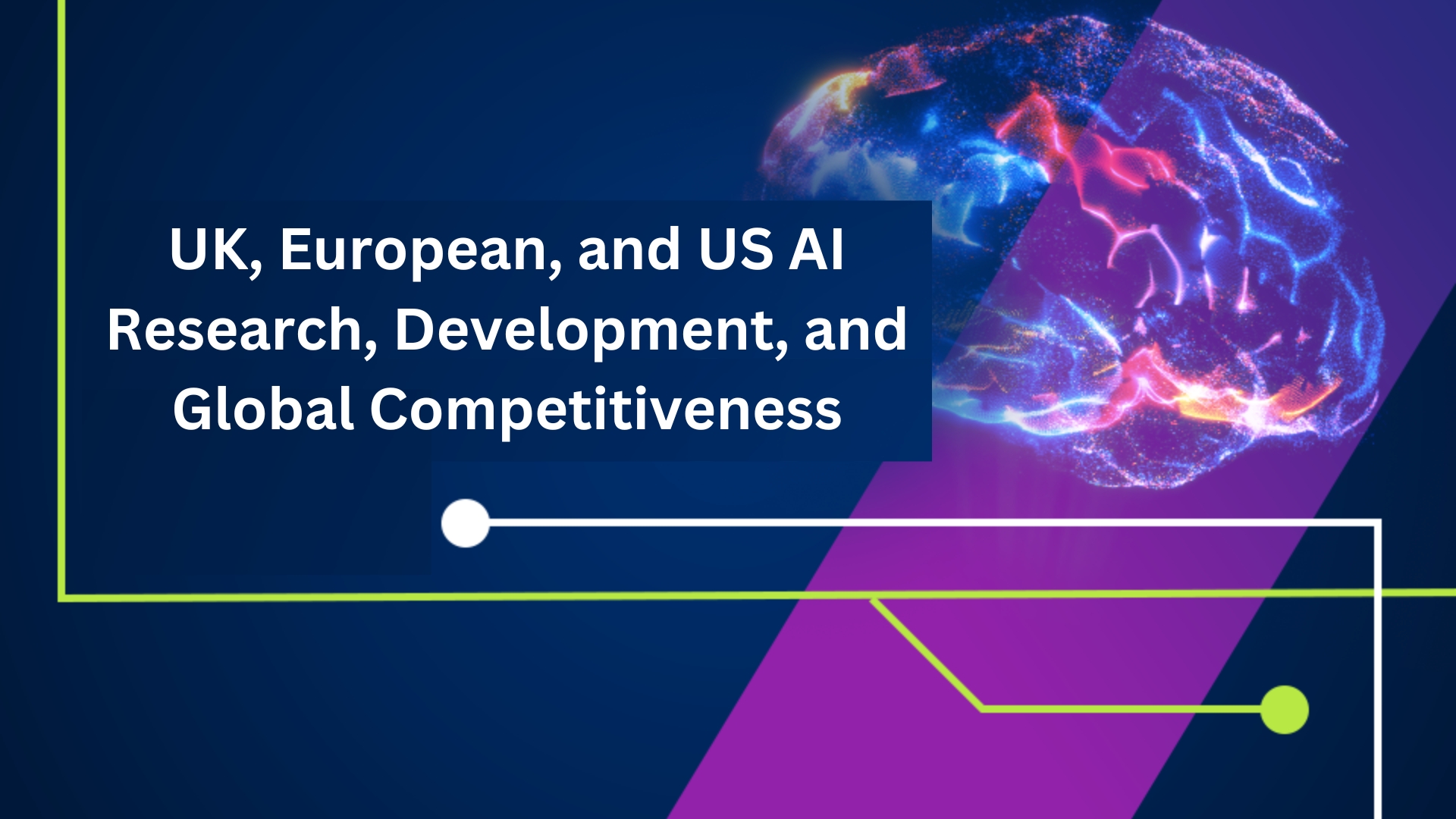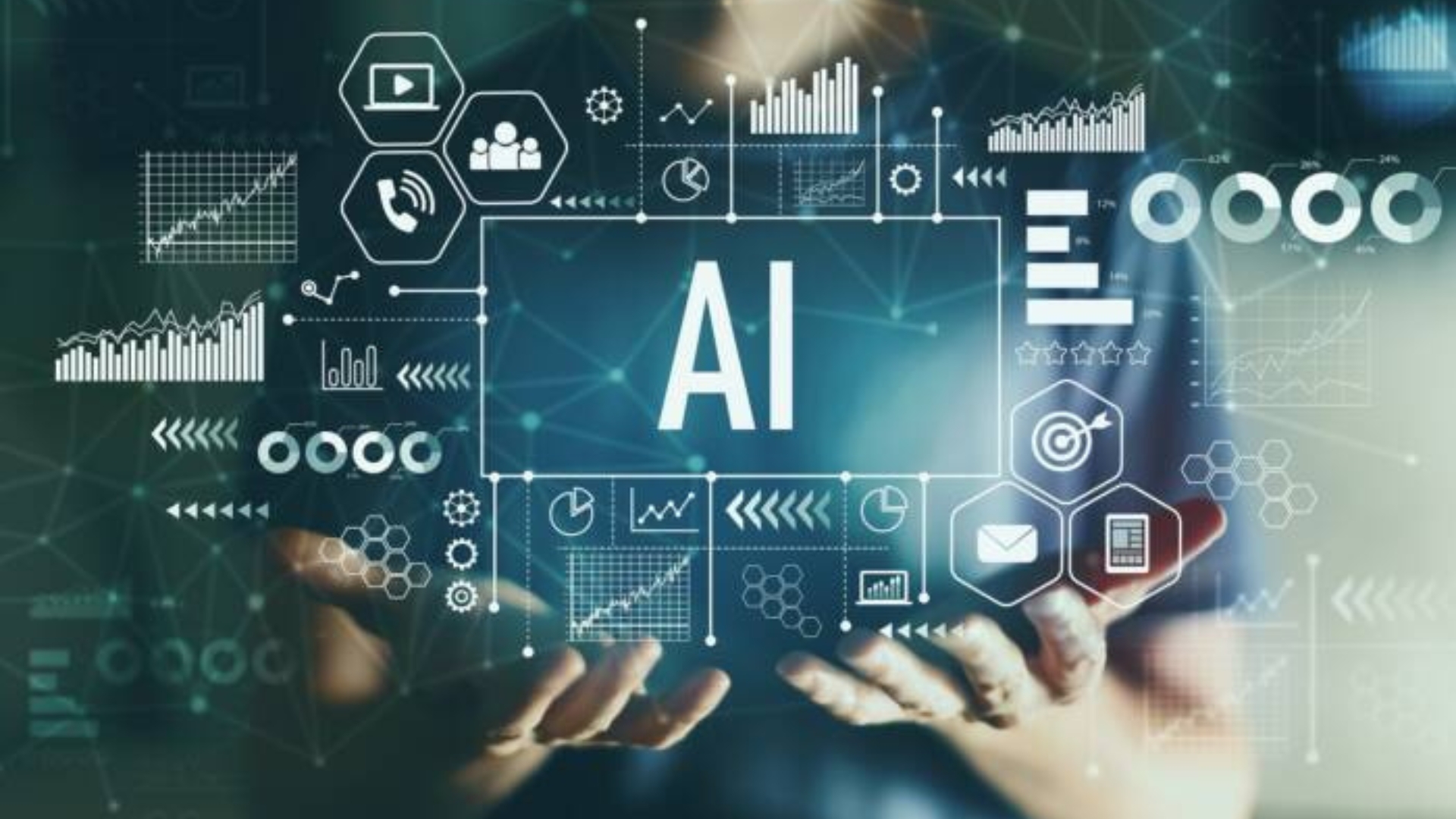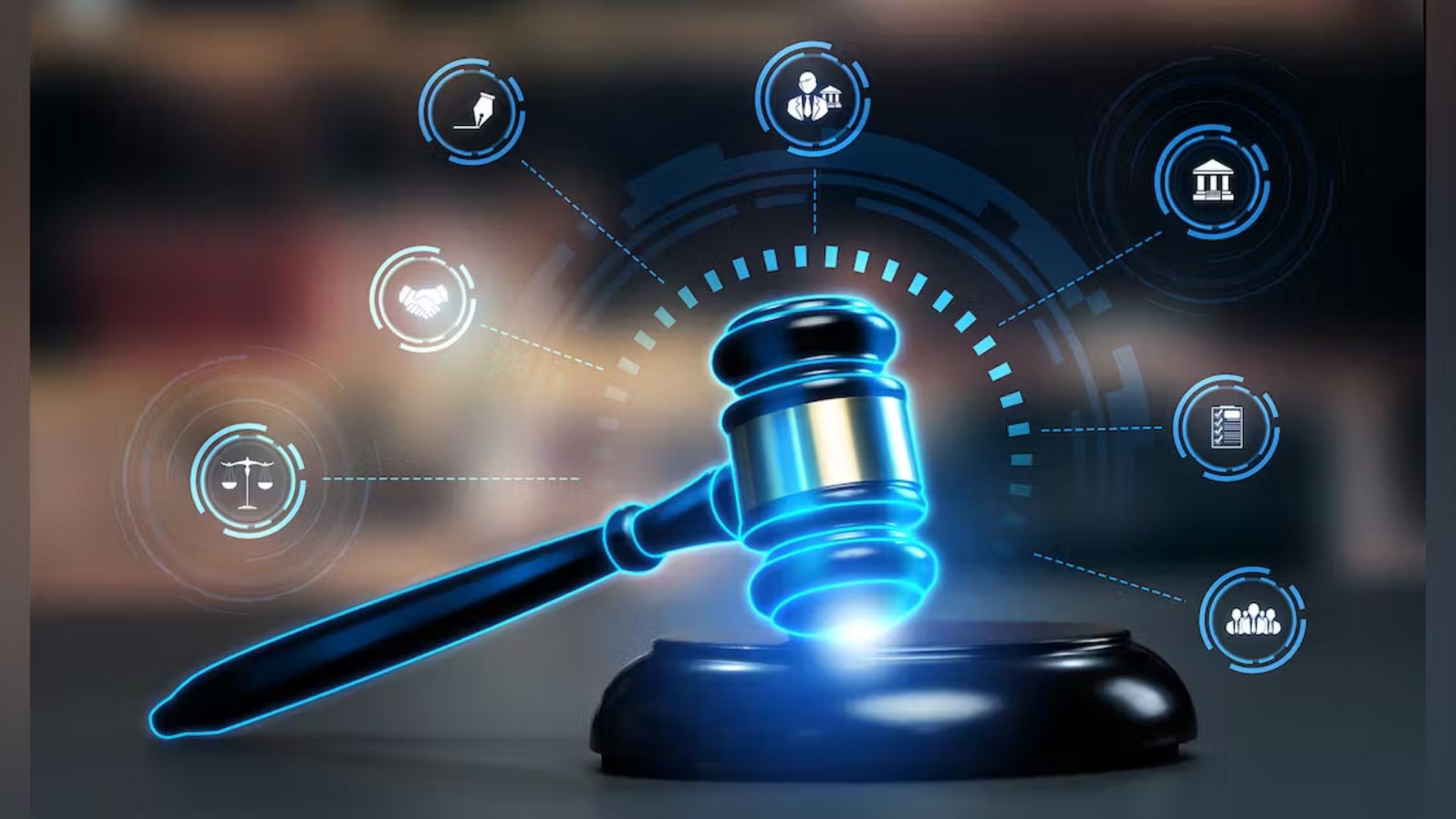UK, European, and US AI Strategies and Initiatives
UK AI strategy
Using AI to boost growth, creativity, resilience, and productivity is the goal of the United Kingdom’s National AI Strategy. The government is actively working towards the objective of the United Kingdom becoming a worldwide AI superpower through programs such as the AI Sector Deal, which is almost 1 billion British pounds. Creating a regulatory climate that encourages innovation and training people to work in the AI field are both parts of the all-encompassing approach taken by the plan.
A new strategy for regulating artificial intelligence was unveiled by the British government in 2023, with a focus on safety, openness, and equity. This framework is built on principles and is meant to be flexible and resilient to prevent overbearing regulations that can hinder innovation. Current regulators, such as the Health and Safety Executive and the Information Commissioner’s Office, will implement these principles within their respective domains rather than establishing a centralized AI regulator.
EU Artificial Intelligence Act

To ensure the development and use of AI responsibly and securely, the European Union put out the Artificial Intelligence Act, a thorough legislative framework for AI. The Act emphasizes safeguarding individuals’ safety and fundamental rights and classifies AI systems according to their level of risk. Among its goals is establishing transparent regulations that companies can follow to innovate profitably and ethically. This AAct is crucial to developing a uniform framework for regulating artificial intelligence inside the European Union.
US National AI Initiative
The United States’ National AI Initiative is still very much focused on fostering AI R&D and improving cooperation across government agencies, businesses, universities, and foreign partners. The program’s primary goals are to pioneer the worldwide establishment of AI technical standards and to educate the workforce to thrive in an AI-driven economy. Highlighting the significance of AI in the nation’s strategic interests, it also emphasizes building trustworthy, resilient, and dependable AI systems.
UK, European, and US AI Ethics, Privacy, and Regulation
Ethics, Privacy and AI Regulation in the UK

Data Ethics Framework and The Alan Turing Institute’s rules influence British AI ethics; these emphasize public trust, safety, objectivity, and manageability, as well as “SUM Values” and “FAST Track Principles” that stand for fairness, accountability, sustainability, and transparency. Reduced compliance burdens on enterprises are achieved through data privacy regulations similar to the General Data Protection Regulation (GDPR) and the Data Protection and Digital Information Bill (2022).
To balance innovation and public trust, the United Kingdom’s artificial intelligence regulations are less centralized, pro-innovation, and governed by six fundamental principles across different industries.
Ethics, Privacy and AI Regulation in the EU
The European Union AI Act places a premium on human supervision to guarantee that AI systems inside the EU are secure, open, traceable, non-discriminatory, and ecologically friendly. Like GDPR, it aims for a unified definition of AI and works closely with the EU’s data protection philosophy.
From “unacceptable risk,” where detrimental AI applications like social score are outright forbidden, to “high risk,” which includes systems employed in vital industries or affecting fundamental rights, the AAct categorizes AI systems according to their degree of danger. Systems that present a significant danger undergo comprehensive assessments and analysis of the impact on basic rights.
Ethics, Privacy and AI Regulation in the US.
In the United States, the primary goal of artificial intelligence regulation is to ensure the public’s safety and security. In 2022, President Joe Biden issued an executive order requiring the publication of safety tests for AI systems that may affect these areas. The FAA Reauthorization Act and the Advancing American AI Act are two examples of legislation that have been amended to incorporate AI into different sectors.
The definitions and requirements of AI systems are addressed in the American Data Privacy and Protection Act. The regulatory landscape is changing, with organizations like the NIST establishing AI standards and the FTC monitoring the effects of generative AI in industries like healthcare and banking.
UK, European, and US AI Research, Development, and Global Competitiveness

Critical trends in artificial intelligence research and development include deep learning and natural language processing, characterized by machine learning, data analytics, and computer capacity breakthroughs. The US National AI Research Institutes program advocates for cross-sector research collaboration, whereas the UK AI strategy focuses on basic models and novel sandbox trials.
Research output, investment, talent acquisition, and infrastructure are global measures of AI competitiveness. Vital European countries like the U.K. Germany and the United States lead the pack, helped by solid tech ecosystems and government support. The United States is increasing its federal funding and venture capital investment in artificial intelligence (AI) innovation. Meanwhile, Europe and the United Kingdom provide significant support through initiatives such as Horizon 2020, Horizon Europe, and the AI Sector Deal. These programs are driving a variety of AI applications and business development.
AI Applications and Cross-border Collaborations
AI in Public Sector Policy
Integrating AI into the public sector has profoundly affected service delivery, operational efficiency, and the ability to address complex social concerns. Examples of healthcare organizations utilizing AI include the National Health Service (NHS) in the United Kingdom, which uses the technology for early cancer detection, patient care management, and disease diagnosis and treatment planning.
Therefore, Projects like the US Department of Transportation’s research into AI for enhancing transportation systems demonstrate how AI may assist with traffic management and regulating autonomous cars in the transportation sector.
Cross-border AI Collaboration
Cross-country AI collaboration is essential to tackle global challenges, foster innovation, and make the most of diverse skills. For instance, the European Union and Japan have worked on initiatives like AI4EU to build a shared AI research platform. AI4EU is a European Union (EU)-funded initiative to create an ecosystem focusing on artificial intelligence (AI) to facilitate and speed up AI research and innovation throughout the continent.
Public-private AI Partnerships

To speed up the development of AI, public-private AI partnerships combine public funds with private-sector innovation. One such initiative is the AI Sector Deal in the United Kingdom, which brings together prominent figures in government and industry to enhance the country’s AI capabilities. The United States National AI Research Institutes program is another instance of such an initiative; it is a collaboration between the National Science Foundation, the government, academic institutions, and businesses that aim to advance AI research across fields.
AI Standards and Workforce Development
AI Standards and Certification
Certifications and standards are essential to ensure AI systems’ safety, reliability, and compatibility. Regulatory agencies, corporate groups, and international organizations worked together to produce these guidelines, covering data processing, security, algorithm transparency, and ethical considerations. Such resources include the IEEE P7000 series, which provides guidelines for AI design that adhere to ethical principles.
AI Workforce Development
To fully utilize AI, a workforce proficient in AI is crucial. Artificial intelligence (AI), machine learning (ML), and data science (DS) are the focus of academic programs in universities across the world. Platforms such as Coursera and edX have further democratized access to artificial intelligence education by partnering with top universities to offer open, online courses.
Additionally, there are growing initiatives to diversify the AI workforce, which promotes inclusivity in AI development, and firms such as Google and Microsoft offer AI training programs to their staff.
Legal and Security Aspects of AI

AI and Intellectual Property (IP)
Artificial intelligence and intellectual property law meet in a dynamic and intricate field. Determining intellectual property rights for AI-generated information and inventions is a critical topic. Questions regarding whether AI systems can be acknowledged as creators or inventors have arisen due to the challenges posed to traditional IP rules by AI’s subtleties.
The dispute has spread to other jurisdictions, where patent offices are rewriting their standards to deal with the role of AI in inventions. The European Patent Office (EPO) and the United States Patent and Trademark Office (USPTO) are examples of such offices. Key points discussed in these discussions encompass:
- AI as an inventor: Is giving AI systems the same credit as people who develop new ideas fair? That challenges long-held beliefs about the role of the human mind in creative and inventive processes.
- Ownership of AI-created inventions: When an AI system generates new ideas, who gets to keep them? Additionally, this question raises problems about the AI’s position and the ownership of intellectual property, specifically regarding whether the inventor or operator of the AI should have it.
- Patent eligibility and requirements: Inventors must be human under the present patent standards. Artificial intelligence (AI) systems may not be subject to the same patent standards as human inventors or creative processes.
AI in National Security
There are serious moral and legal questions about using AI in national security matters. While it improves defense capabilities, it also raises concerns about privacy, autonomy, and ethics in areas such as intelligence analysis, autonomous weapons, cybersecurity, and surveillance. Artificial intelligence in surveillance has ignited discussions about civil liberties and privacy, especially on balancing personal rights and security.


